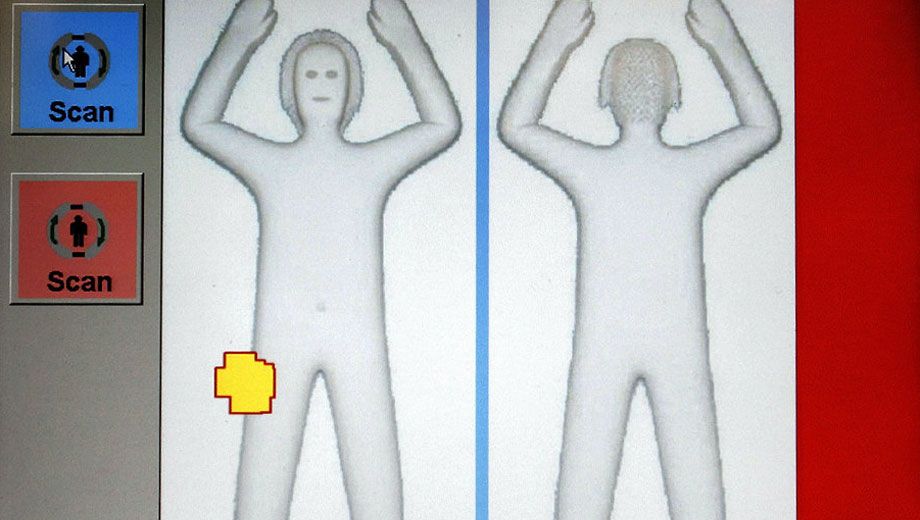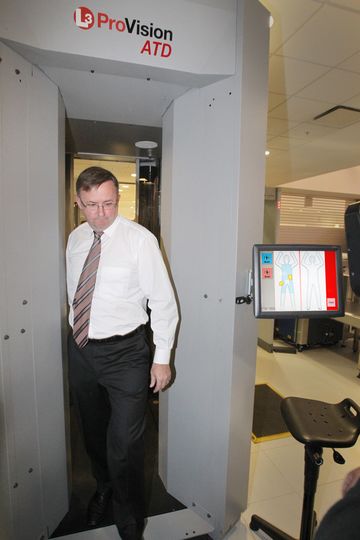Australian airports to get millimetre-wave body scanners

Full-body 'millimetre wave' scanners will be introduced at all eight of Australia's international gateway airports.
The rollout of the scanners will commence in July as part of a $28 million security programme, according to a statement released today by Federal Minister for Infrastructure & Transport, Anthony Albanese.
The scanners have already been trialled in Sydney and Melbourne airports last year.
The revolving full-body scanners won't replace the conventional walk-through 'arch' scanners, however the government statement notes that "passengers departing Australia may be required to pass through a body scanner as part of standard screening processes."
And while the legislation "allows exemptions for serious medical conditions, any passenger directed by an officer must undergo screening and refusal to screen will mean refusal to fly."
What the scanners will show
The scanners use a standardised and almost cartoon-like human outline with no defining features, rather than the 'naked' photographic images generated by many controversial scanners in the USA.
Even so, the government says the scanners will not be able to copy or store any images of passengers.
Yellow squares appear over any area on the body where the scanner detects a suspect metal or non-metal item. This is followed by a targeted search of that area (rather than a full pat-down).
The millimetre wavelengths used are about 10,000 times weaker than a mobile phone signal and considered much safer than the backscatter x-ray scanners that are used at some US airports.
However, there is not scientific consensus over the safety of the scanners. One study by Los Alamos National Labs argued that standards had only been established for radio frequency exposure up to 300 gigahertz, and millimetre waves sit above this range.



Qantas
10 Sep 2011
Total posts 162
The application of these will be interesting in Darwin and any other airport where Domestic and International passengers clear security through the same gate.
09 May 2011
Total posts 294
I imagine the setup would be similar to Gold Coast Airport, where the metal detector + baggage screening is done at the same point for domestic and international, but further screening (for liquids, aerosols and gels) are done at a separate point.
Hi Guest, join in the discussion on Australian airports to get millimetre-wave body scanners